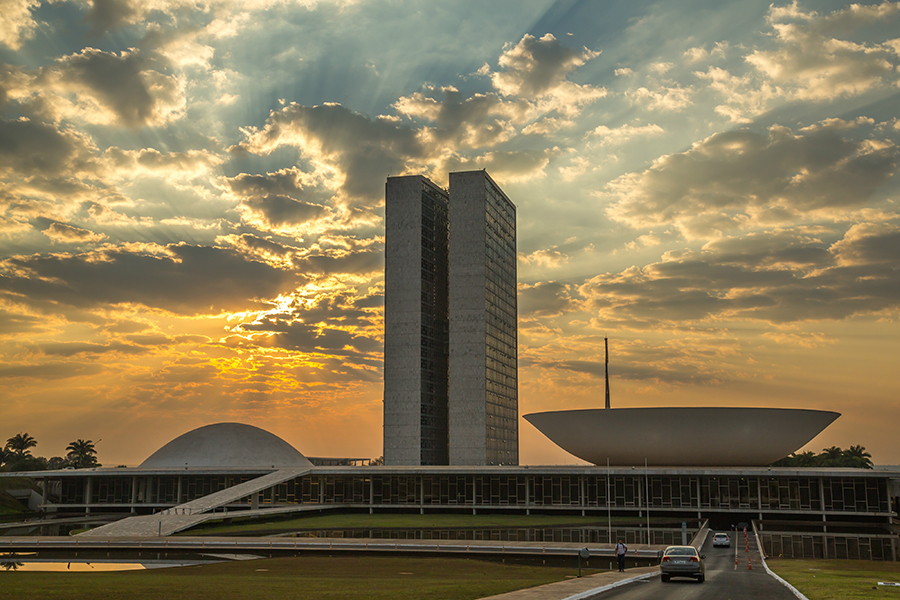Brazil grew more than expected in the second quarter in the face of the recovery in household consumption amid the scenario of inflation and falling interest rates, but productive investments continued to decline, showing that the recovery of the activity will be gradual.
The country’s Gross Domestic Product (GDP) grew 0.2 percent between April and June over the previous three months, the Brazilian Institute of Geography and Statistics (IBGE) said on Friday.
The good surprise also came in comparison with the second quarter of 2016, with GDP growing 0.3 percent, the first positive result since the first quarter of 2014 (+3.5 percent).
Reuters survey pointed out that the economy would grow 0.1 percent between April and June compared to the previous quarter and would stagnate over the second quarter of 2016.
“I think we can not call it GDP recovery, but clearly we are in an upward cycle of the economy,” said IBGE National Accounts Coordinator, Rebeca Palis.
In the first quarter of this year, Brazil had grown 1 percent over the immediately preceding period, interrupting two consecutive years of recession due to the strong expansion of the agricultural sector, but with productive investments still falling.
Between April and June, household consumption showed a 1.4 percent expansion over the previous quarter, the first growth after nine quarters and a move that may suggest that the economic recovery continues on track. Over the same period of 2016, consumption grew 0.7 percent, according to IBGE.
Inflation in free fall, falling base interest rates, higher wages and the release of resources from the FGTS Fund explain this recovery, a move that is expected to continue in the coming months. The Central Bank, since last October, has already reduced the Selic by 5 percentage points to 9.25 percent, and there are already expectations that the rate will fall below 6 percent.
Benefited from this stronger consumption, the services sector was also a positive highlight, with a 0.6 percent expansion in comparison with the immediately previous quarter, but in the annual variation, it showed a fall of 0.3 percent.
“The one who pulled the services sector most was the trade thanks to better consumption by families, with falling inflation and some improvement in income,” added Rebeca. Only the commerce showed expansion of 1.9 percent in the margin.
The IBGE also reported that, in the last quarter, government consumption fell 0.9 percent amid the fiscal crisis.
Production
Investment continued in contraction last quarter, a sign that growth should be gradual going forward in the face of strong corporate borrowing and overcapacity.
According to the IBGE, Gross Fixed Capital Formation (GFCF) fell 0.7 percent in comparison with January to March and plunged 6.5 percent over a year earlier. The construction segment was the most affected, with contraction of 2 percent over the first quarter.
As a result, the investment rate in the last quarter was 15.5 percent of GDP, down from the same period last year (16.7 percent), according to IBGE.
“The scenario of uncertainty and distrust in the economy also explains the fall in GFCF. There is also the negative effect of public investment that is contingent due to the fiscal crisis, “said the IBGE coordinator.
The industry continued to suffer, falling 0.5 percent at the margin, while agriculture and livestock stagnated after growing strongly in the first quarter.
“There was some frustration with the pace of investment improvement, the most significant boost should occur only in mid-2018,” said Santander economist Rodolfo Margato, for whom GDP will grow 0.5 percent this year and 2, 5 percent in 2018.
“In our view, it is precisely the investment performance in 2018 that will tell us if we are going to grow 1.5 or 3 percent next year,” he added.
Photo: Reproduction
Source: DailyTourism

